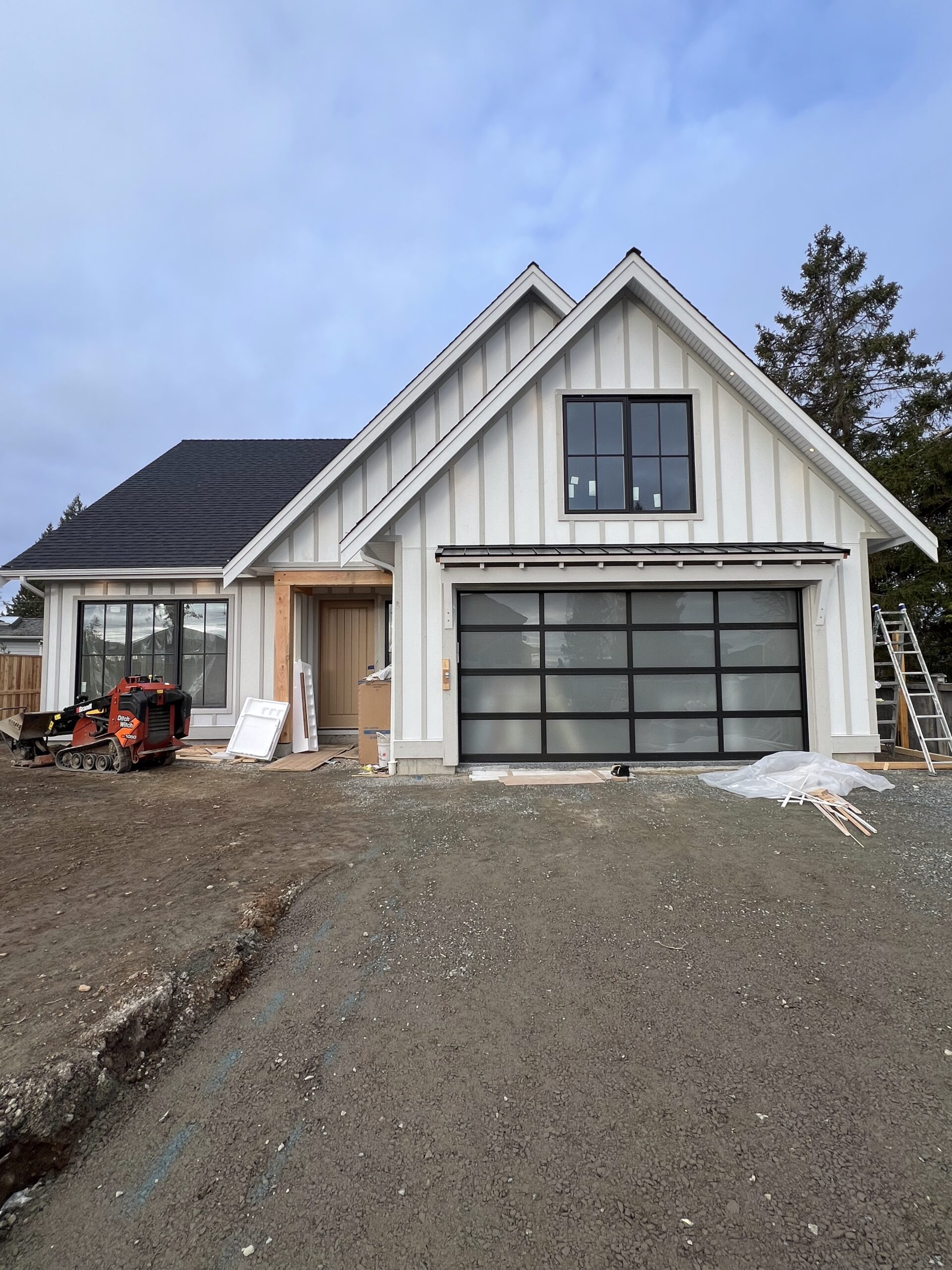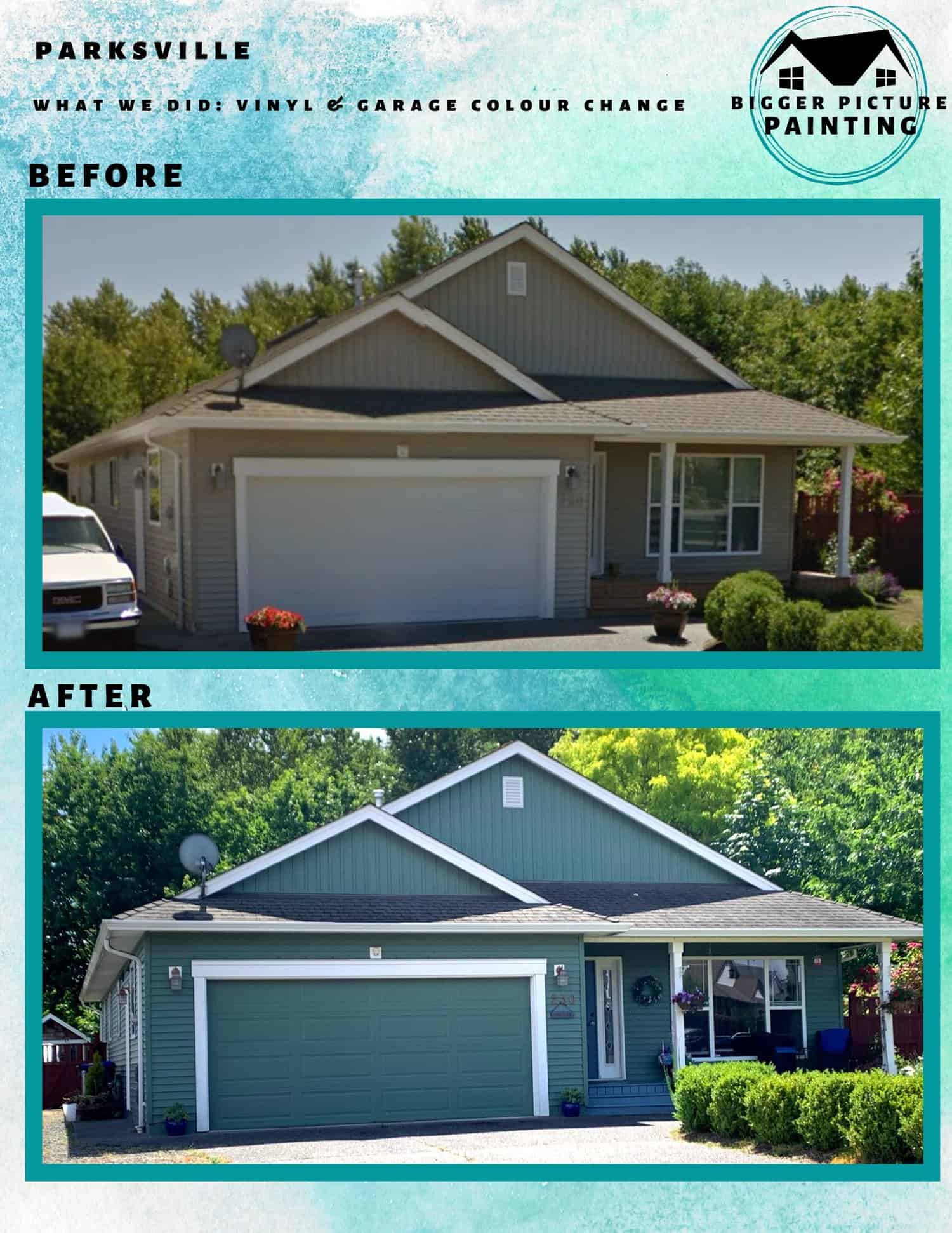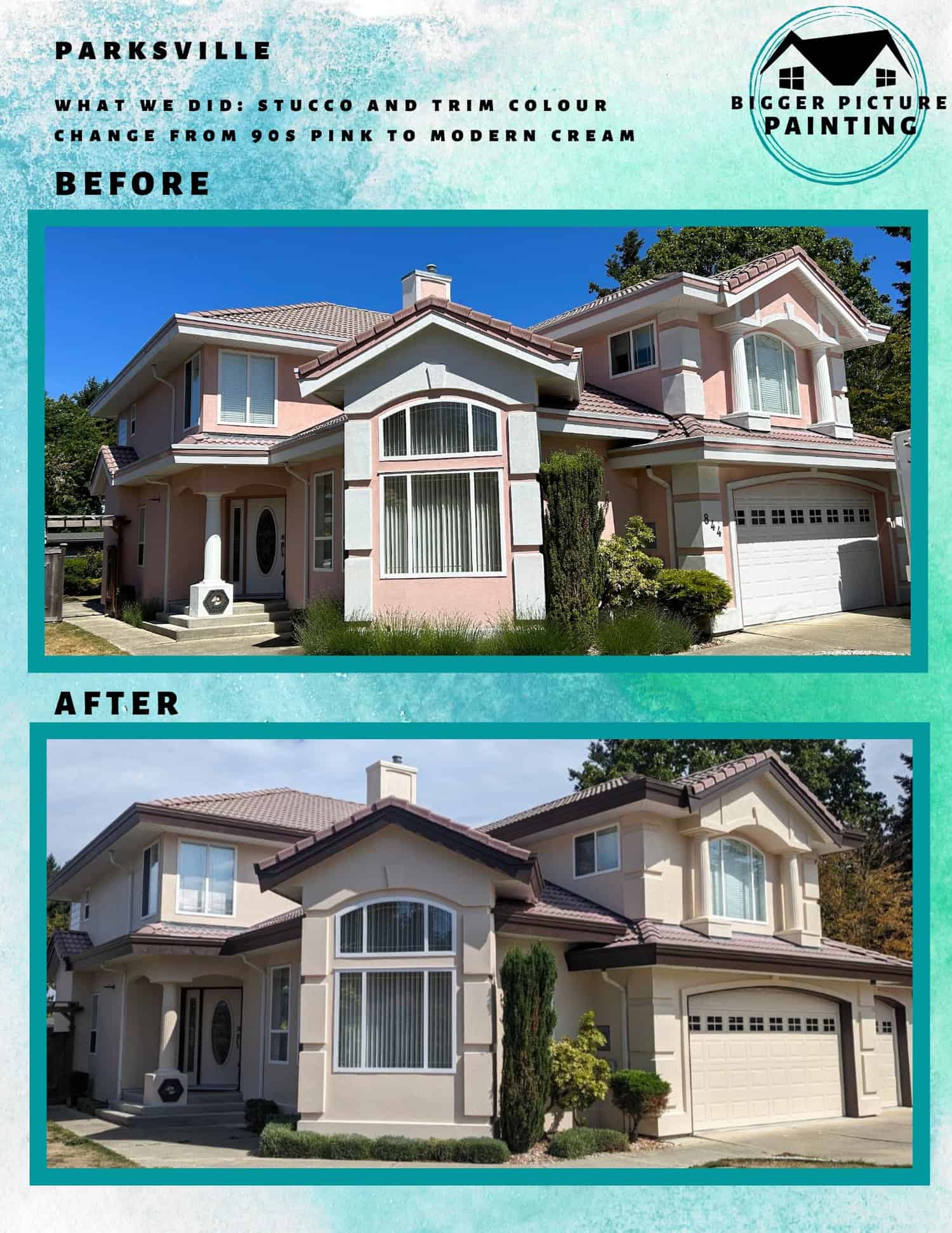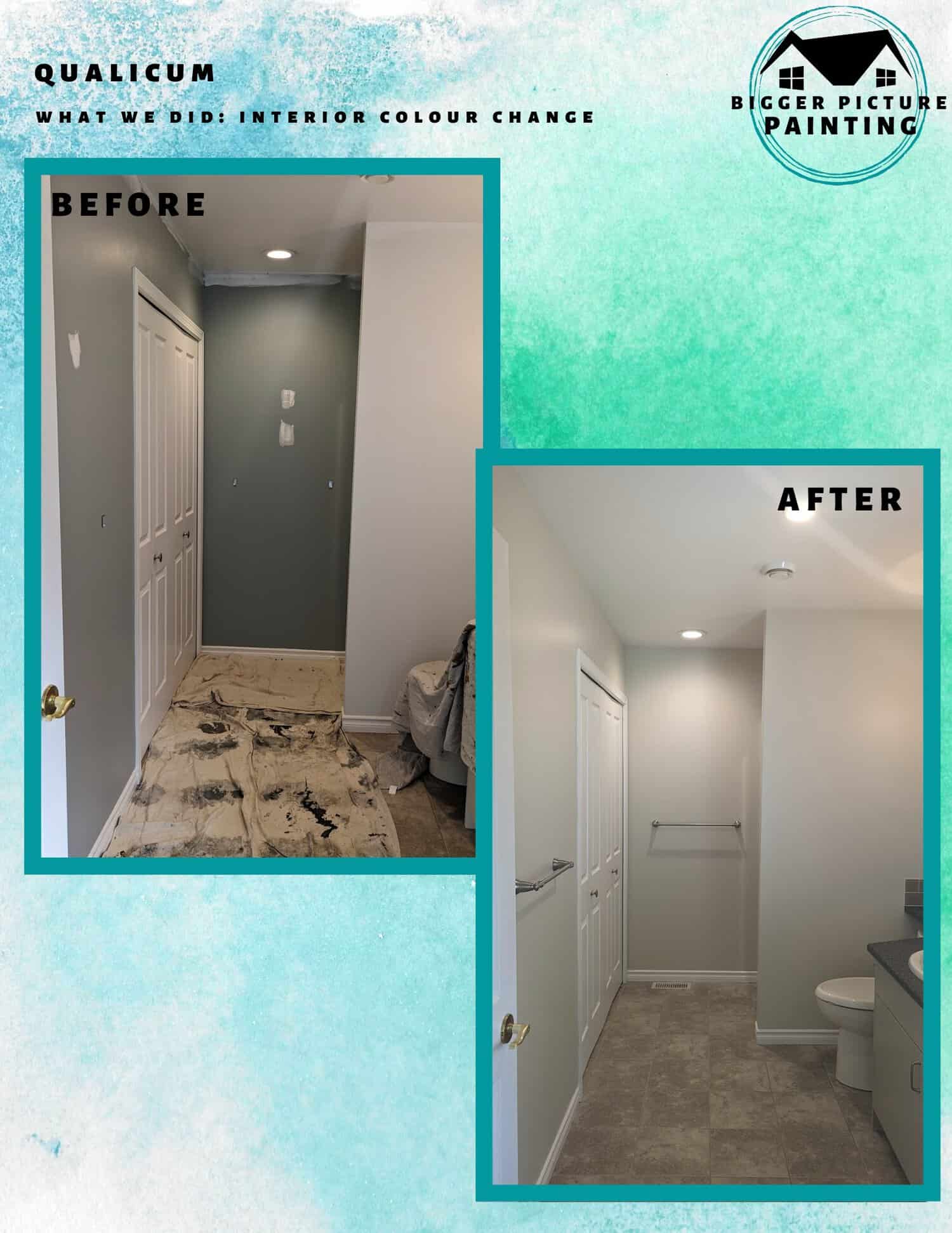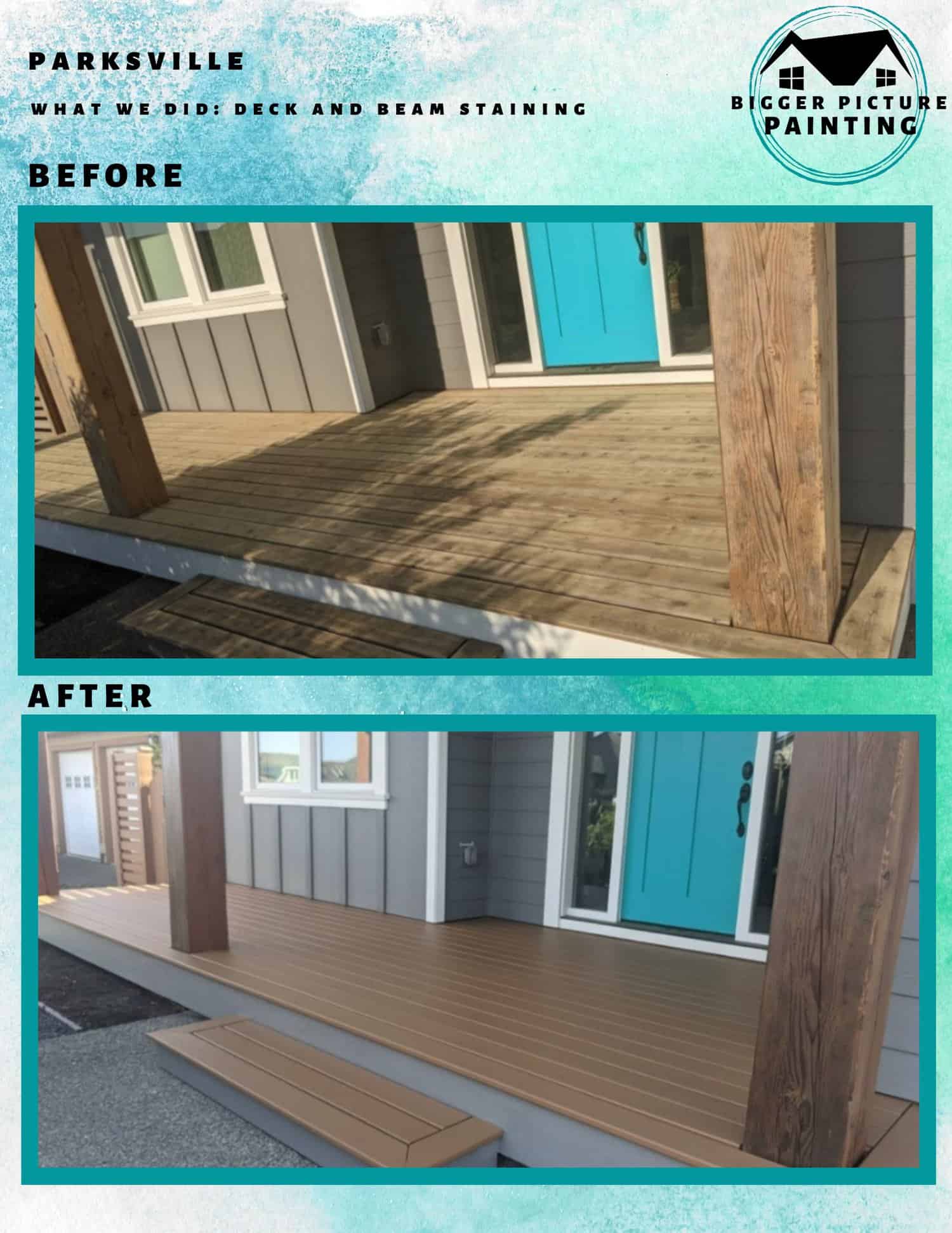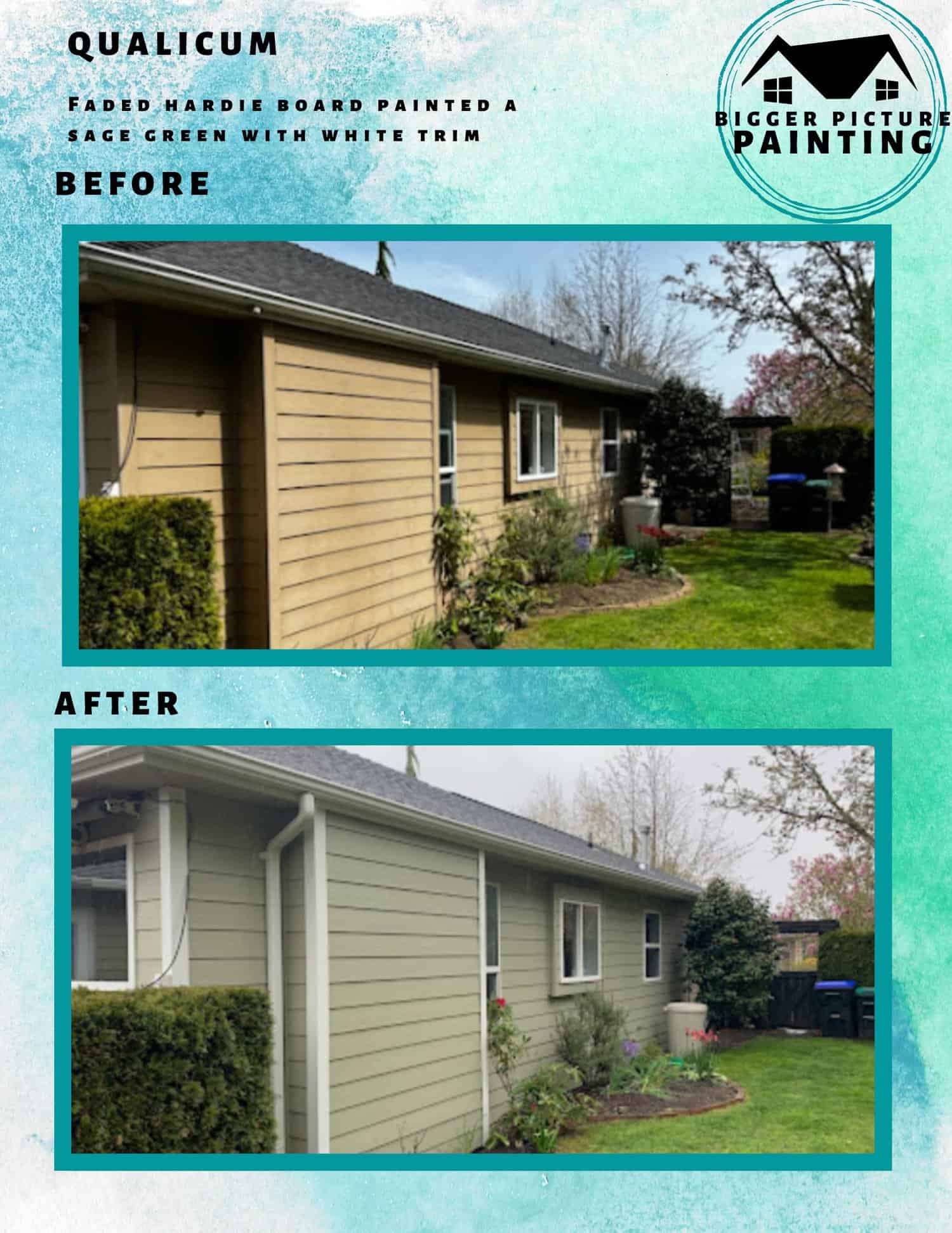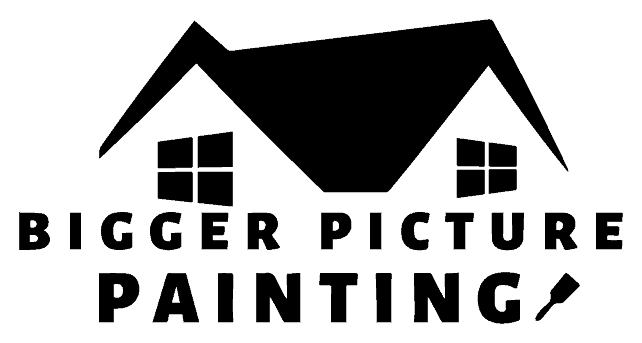When homeowners start planning a repaint, they’re often surprised that exterior painting can cost nearly twice as much as interior work. The difference isn’t just about size or square footage—it’s about science, labor, and durability. Exterior paint systems are engineered to withstand sun, rain, wind, and temperature extremes. That means more preparation, higher-grade materials, and specialized expertise—all of which directly impact the total painting cost.
If you’re planning an exterior house painting project in Duncan, BC, understanding what drives the total painting cost will help you budget smarter and make informed choices. At Bigger Picture Painting, we believe in transparency: real pricing, professional preparation, and long-lasting results.
Why Exterior Painting Costs More Than Interior Painting
It’s easy to assume paint is paint—but in professional coatings, the chemistry and application environment matter enormously.
Exterior paints are built to handle harsh conditions. They contain UV-blocking resins, mildew-resistant additives, and flexible binders that expand and contract with the building. That makes them 30–50% more expensive per gallon than interior paints.
Labor is another factor. Exterior surfaces are irregular and exposed to elements, requiring more hours to prep, prime, and coat properly.
Average Cost Comparison (Per 1,000 sq. ft.)
| Type of Painting | Typical Range | Labor Hours | Paint System Used | Durability (Years) |
|---|---|---|---|---|
| Interior Painting | $3,000–$4,500 | 20–30 hrs | Acrylic Latex (low-VOC) | 5–8 years |
| Exterior Painting | $6,000–$9,000 | 35–60 hrs | 100% Acrylic / Elastomeric | 8–12 years |
The upfront painting cost may be higher outdoors, but the long-term return is better. Quality exterior paint protects your siding, trim, and fascia from moisture intrusion, rot, and sun damage.
Surface Preparation: Where Time (and Cost) Add Up
Preparation is the backbone of every durable paint job. On exterior projects, it can account for up to 40% of the total painting cost.
Homes in Duncan, BC often face coastal moisture, moss, and mildew buildup—especially on north-facing walls. These conditions require power washing, scraping, sanding, caulking, and priming before any paint is applied.
At Bigger Picture Painting, our crews follow a strict prep protocol:
-
Inspection & Testing – Identify flaking, chalking, or structural issues.
-
Cleaning – Pressure wash to remove grime and contaminants.
-
Surface Repair – Patch stucco, fill cracks, and seal joints.
-
Priming – Apply substrate-specific primers for adhesion.
Fact Tip: Proper surface prep can extend the paint’s lifespan by 3–5 years. Cutting corners here might save a few dollars now but will double your repainting cost later.
Paint Product Quality: The Chemistry Behind the Cost
Exterior coatings are sophisticated. They’re not just color—they’re protection systems.
Premium exterior paints like Sherwin-Williams Duration, Benjamin Moore Aura Exterior, and Dunn-Edwards Evershield use advanced polymers and UV stabilizers. They’re formulated to resist chalking, fading, cracking, and peeling even in direct sun.
Here’s how paint chemistry affects your painting cost:
-
Resins and Binders: These control flexibility and adhesion. Exterior-grade acrylics handle movement from wood or stucco expansion.
-
Pigment Load: Darker or custom hues require more high-quality pigments, increasing price per gallon.
-
Additives: Mildewcides and UV inhibitors raise material cost but significantly extend durability.
Product Guide Example:
| Paint Type | Ideal Surface | Average Cost/Gallon | Lifespan | Notable Feature |
|---|---|---|---|---|
| Acrylic Latex Exterior | Wood, Fiber Cement | $45–$60 | 8–10 yrs | Flexible and water-resistant |
| Elastomeric Coating | Stucco, Concrete | $70–$100 | 10–15 yrs | Crack-bridging and breathable |
| Alkyd Enamel | Metal Trim, Doors | $50–$75 | 6–8 yrs | High adhesion and gloss retention |
The right coating for your home depends on your substrate. Our professional team ensures every surface—from wood siding to stucco—is paired with the proper product to avoid premature failure.
Accessibility, Height, and Safety: Hidden Labor Drivers
Exterior jobs come with physical challenges that add to labor costs. Reaching second or third-story eaves, painting steep gables, or navigating uneven terrain all require scaffolding, lifts, or ladders—each with setup and rental expenses.
Safety compliance also plays a role. Bigger Picture Painting follows strict OSHA and WorkSafeBC standards for harnessing, fall protection, and site setup. These aren’t optional—they’re part of ensuring safe, efficient work that doesn’t risk injury or damage.
A small one-story ranch home may need only simple ladders, while a multi-story or sloped-lot home could double the labor hours due to setup complexity.
Weather Delays: The Invisible Cost Factor
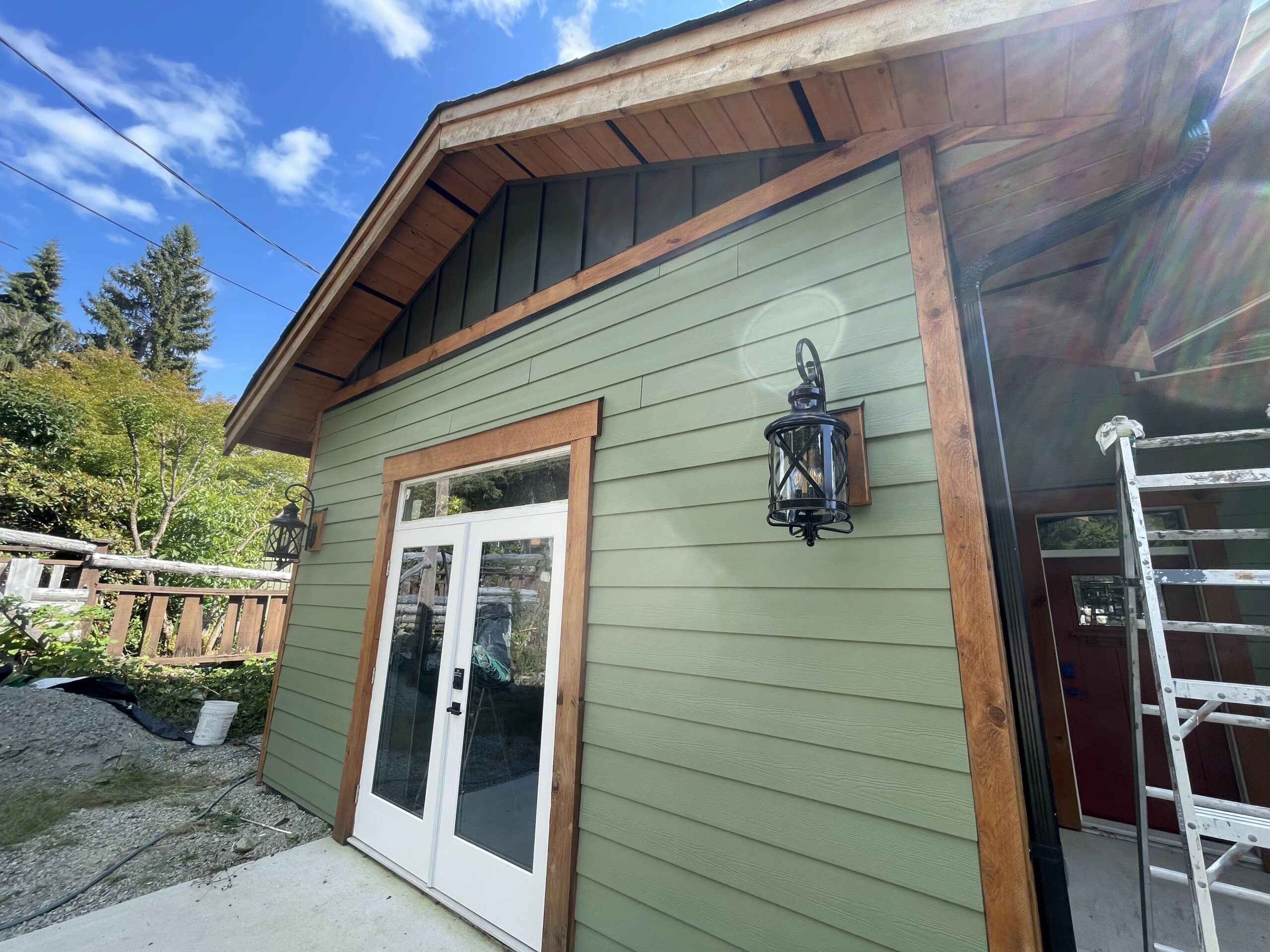
Exterior painting is weather-dependent. Ideal conditions require dry surfaces, moderate humidity, and temperatures above 50°F.
In coastal areas like Duncan, frequent rain or morning dew can delay painting schedules, extending labor time and affecting the painting cost. When paint is applied under poor conditions, it may not cure properly—leading to peeling or blistering later.
That’s why professional crews schedule paintwork seasonally and monitor daily humidity and wind conditions before starting. Weather control might sound simple, but it’s a major cost variable.
For a deeper understanding of how application timing affects coverage and durability, see our related guide on skipping the second coat of paint.
Surface Material and Condition: Why It Changes the Estimate
No two exteriors are the same. Each substrate type has unique needs that affect cost, from primer choice to coating thickness.
-
Wood Siding: Requires flexible, breathable paints and regular sealing.
-
Stucco: Demands high-build elastomeric coatings to bridge cracks.
-
Metal Trim: Needs rust-inhibitive primers and alkyd or epoxy finishes.
-
Vinyl Siding: Can only use paint rated for vinyl-safe expansion.
When a surface is deteriorated or unpainted, more primer and product are required—often adding 10–20% to total painting cost.
Fact Insight: Specialty primers can cost $80–$120 per gallon but prevent costly coating failure within a few seasons.
Labor Expertise and Crew Efficiency
Exterior painting is not just about applying color—it’s skilled labor.
A qualified crew can achieve even coverage, proper film thickness, and smooth finishes that last. Inexperienced painters, on the other hand, often waste product, leave uneven coats, and skip essential steps.
At Bigger Picture Painting, our certified painters are trained in airless spray, brush, and roller techniques, ensuring consistent coverage even on complex siding textures. Crew size also affects efficiency: larger projects require more painters to finish within ideal weather windows.
Choosing professional service saves money long-term—reducing early repaints and wasted product.
Regulatory and Environmental Considerations
Older homes in Duncan may contain lead-based paint under older layers. Lead-safe removal procedures, containment, and disposal are mandated under federal and provincial regulations, adding to total painting cost.
Environmental rules also govern wastewater and chip disposal during pressure washing and sanding. Bigger Picture Painting follows eco-compliant waste management practices to protect your property and the local environment.
In some neighborhoods or heritage districts, even paint color changes require municipal approval or permits. These compliance steps, while sometimes overlooked, ensure both safety and legality.
What You Get for the Higher Price
When you invest in professional exterior painting, you’re not just buying color—you’re buying protection, energy efficiency, and peace of mind.
High-quality exterior coatings act as a weatherproof barrier. They prevent moisture intrusion that leads to rot or mold and reduce fading caused by UV radiation. With a proper system—primer, two coats of paint, and full prep—you gain 8–12 years of protection.
Breakdown of Typical Exterior Painting Cost Allocation
| Cost Component | % of Total Cost | Description |
|---|---|---|
| Surface Preparation | 30–40% | Cleaning, sanding, priming |
| Paint & Materials | 25–35% | Premium coatings and sealants |
| Labor | 30–40% | Skilled application, setup, cleanup |
| Safety/Equipment | 5–10% | Lifts, scaffolds, harness systems |
| Permits/Waste | 3–5% | Lead disposal, environmental fees |
This breakdown illustrates where your money goes—and why a high-quality finish can’t be achieved through shortcuts or low bids.
Getting a Reliable Exterior Painting Estimate
To accurately determine your painting cost, request a detailed quote that includes:
-
Total surface area to be painted
-
Existing surface condition
-
Type of paint and primer system
-
Number of coats planned
-
Warranty coverage
At Bigger Picture Painting, we conduct on-site inspections before quoting. We measure, test, and identify any substrate issues—so your estimate is based on facts, not assumptions. This ensures you know exactly what you’re paying for and how to plan accordingly.
Common Questions About Exterior Painting Costs
Q1: Why is exterior paint so much more expensive than interior paint?
Exterior paint includes UV-blocking resins and weatherproofing additives that are costly to manufacture but essential for outdoor durability.
Q2: Can I use interior paint outside to save money?
No. Interior paints lack flexibility and weather resistance, leading to rapid peeling, mold, and cracking.
Q3: How often should I repaint my home’s exterior?
Every 7–10 years on average, depending on material, exposure, and paint quality.
Q4: Can weather affect the final cost?
Yes. Delays due to rain, humidity, or temperature can add labor hours, extending project duration.
Q5: How do I know if I need two coats?
Surface condition, color choice, and product type determine coverage. Our guide on skipping the second coat of paint explains this in depth.
The True Value Behind the Cost
While exterior painting cost may appear higher, it’s not just about immediate expense—it’s about long-term protection and performance. A properly painted exterior safeguards your property against moisture, UV, and mildew while preserving aesthetic value for years.
A cheap paint job might save a few thousand upfront but can fail in half the time. A professional, well-prepped finish saves on future maintenance, repairs, and repaints.
If you’re planning your next exterior house painting in Duncan, BC, contact Bigger Picture Painting for a transparent, itemized quote. Our goal is to deliver a finish that lasts—because a paint job done right is one that doesn’t need redoing.
For more insight into paint coverage and durability, read our guide on skipping the second coat of paint.
